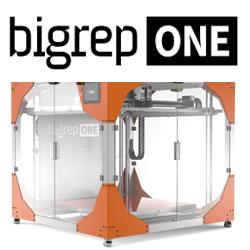Emerson Software Adds Advanced Capabilities
PAC Machine Edition 10.6 Release adds a PLC Simulator and performance improvements to its integrated development environment, improving developer productivity.
Emerson has announced the release of PAC Machine Edition (PME) 10.6, the integrated development environment software used to configure and manage control system devices, including PACSystems programmable logic controllers (PLCs), QuickPanel human-machine interfaces (HMIs), and more. This update is the latest and most advanced version, elevating the user experience with a significant leap forward in capabilities, including simulation, data monitoring enhancements, optimized connectivity, and programming efficiency. For any PACSoftware users who are out of support, if they reinstate primary support before April 1, 2025 they will receive 75% off of the list price!
PACSystems Simulator
PACSystems Simulator is a newly incorporated component, empowering users to easily write, test, and troubleshoot control logic on a PLC emulator. This can be done before purchasing new control hardware to speed development and ensure the correct selections are made. The Simulator is seamlessly integrated within PME and is easy to set up, and fast to enable with just one button. Users benefit from the ability to continuously test code throughout development, minimizing risks and accelerating project implementation.
Enhanced Data Monitor
An all-new data monitor component empowers developers to quickly diagnose and resolve logic issues using plotted data, whether the data is sourced from a physical PLC or the Simulator. With advanced configuration options for visualizing and analyzing data in a modernized display, and the ability to save and retrieve monitor configurations, users can gain insights into system dynamics, detect root causes of anomalies rapidly, and uncover trending conditions.
Optimized Connectivity
A new high-performance OPC-UA PAC Server accelerates PLC communication performance for visualization and other client applications, with double the tag count capacity, faster startup speeds, and improved processing efficiency. Similarly, PROFINET enhancements provide more efficient configuration and operation—with additional diagnostics—for communication with intelligent field devices, such as I/O, sensors, variable frequency drives (VFDs), and more.
Programming Efficiency
PME 10.6 incorporates significant improvements for data handling. Enhanced User-Defined Types (UDTs) now propagate data element descriptions across all application instances, ensuring consistency, while saving configuration time.
Transformative Automation
End users, systems integrators (SIs), and original equipment manufacturers (OEMs) can easily upgrade to PME 10.6 to access the PACSystems Simulator, enhanced data monitoring, optimized connectivity, and more. These features benefit automation system designers with shortened development time, increased visibility, better consistency, and improved performance.
To learn more about the Emerson PAC Machine Edition 10.6 Release, please visit: https://www.emerson.com/en-us/automation/control-and-safety-systems/programmable-automation-control-systems/control-software
Featured Product

